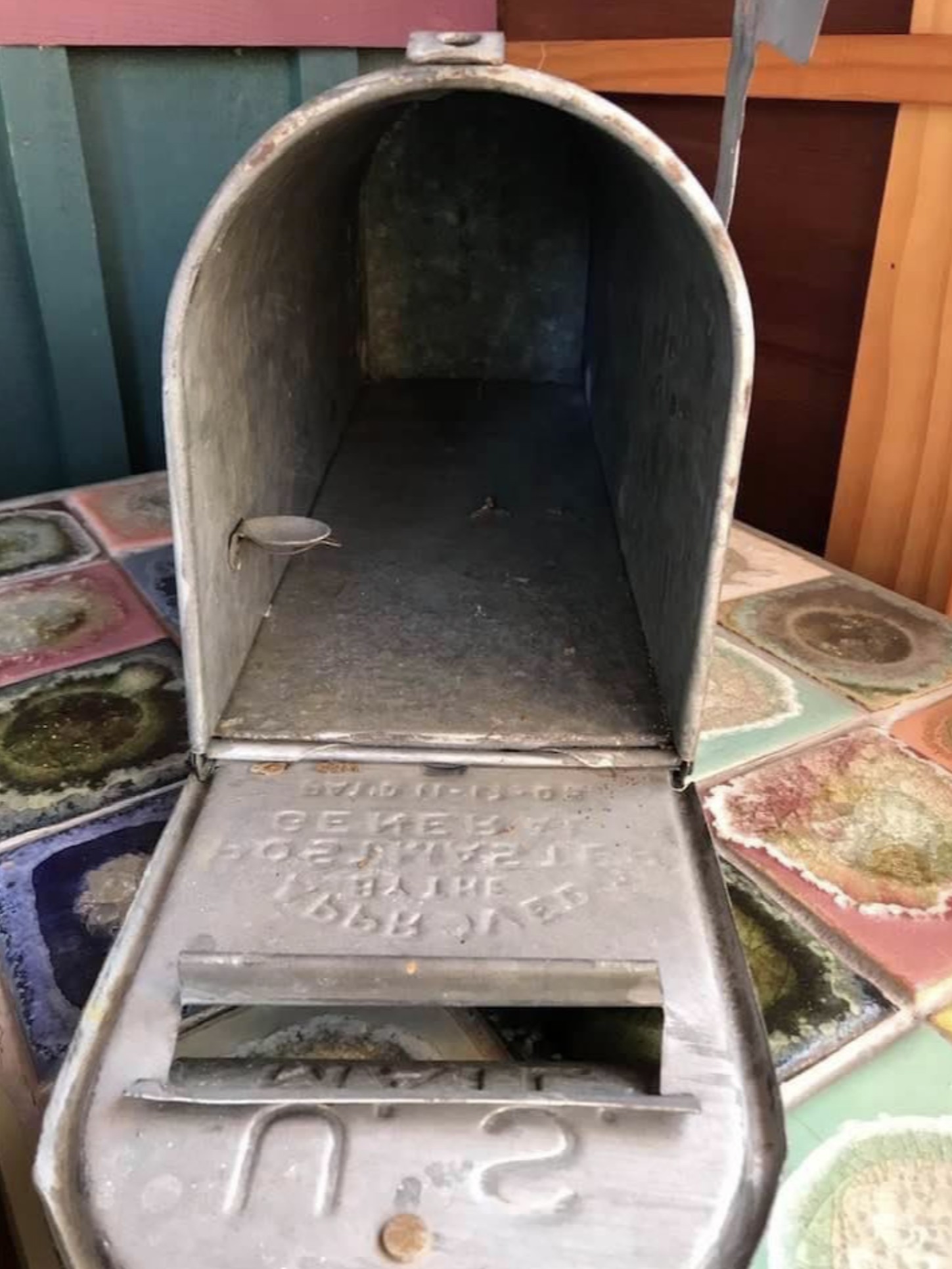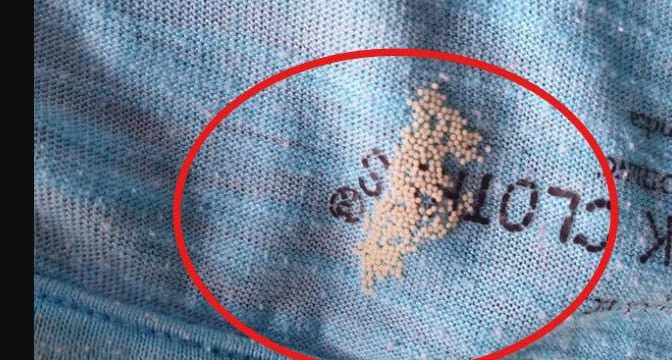Have you ever looked inside one of those old-fashioned metal mailboxes—the kind with the curved top and that little red flag on the side—and noticed a small circular shelf inside? I spotted one recently while helping my aunt clean out her shed, and I couldn’t help but wonder what it was for.

For a second, I thought maybe it was a cup holder or a little spot to leave birdseed or maybe even something decorative. But as it turns out, that little ledge had a very practical purpose back in the day. It was used to hold coins for postage. That’s right—people actually used to leave money in their mailboxes. Loose coins. Just sitting there. Unlocked. And no, this wasn’t some forgotten piggy bank or a casual way to tip your mailman.
Before we had the luxury of printing postage at home, buying forever stamps at the grocery store, or tracking every package with an app, people—especially those living in rural areas—had to come up with creative ways to get their mail sent out. If you lived out in the country and didn’t have the right postage on hand, instead of making a trip all the way into town just for a stamp, you could simply leave your letter in the mailbox along with a few coins.
Mail carriers, who acted kind of like mini postmasters back then, would collect the letter, figure out the proper postage, apply a stamp from their own supply, and either keep the money or leave you the correct change. That little shelf inside the mailbox? It was there so the coins wouldn’t just roll around freely inside the box. It gave the mail carrier a clean, designated spot to pick up and drop off change. Can you even imagine trying something like that today?
If you left a dollar bill in your mailbox now, there’s a good chance it would vanish before the mail carrier even arrived. And if you left a handwritten note asking someone to calculate postage and return your change, people would think you’d lost your mind. But back then, this system worked. It was built entirely on trust and a little common sense. There were no digital receipts or QR codes, just a simple understanding between you and the person delivering your mail. And honestly, that kind of arrangement only worked because the mail carriers weren’t strangers.
Many had worked the same route for years, if not decades. They knew the families they delivered to. They knew the dogs that barked from the porch. They might’ve even known the names of the cows in the pasture. There was a familiarity and a kind of unspoken agreement that things would be handled with care and honesty. My grandma used to talk about this. Back in the ’60s, she’d leave a little mint tin inside the mailbox with a few nickels and a note for the mailman. She said he was always so reliable—his name was Mr. Jansen, if I remember right—and he’d leave back the exact change along with a quick note saying thanks or wishing her a good day. Imagine trying that now, when I’ve had packages delivered not even to my porch, but into the bushes next to it.
It’s a totally different world. That simple little shelf, once I understood what it was for, suddenly became one of my favorite overlooked features. It wasn’t just some odd design choice—it was thoughtful and had a purpose that reflected a slower, more personal kind of mail service. Most people wouldn’t even notice it today, or if they did, they wouldn’t have a clue what it was originally used for. But once you know the story behind it, you can’t help but appreciate it. It’s a quiet little reminder of how things used to be—when life was less automated, less rushed, and a whole lot more human. So if you ever see one of those old mailboxes still standing somewhere, take a second to peek inside. That tiny shelf is more than a quirky design—it’s a symbol of community, trust, and the way even the smallest details once served a meaningful purpose.





